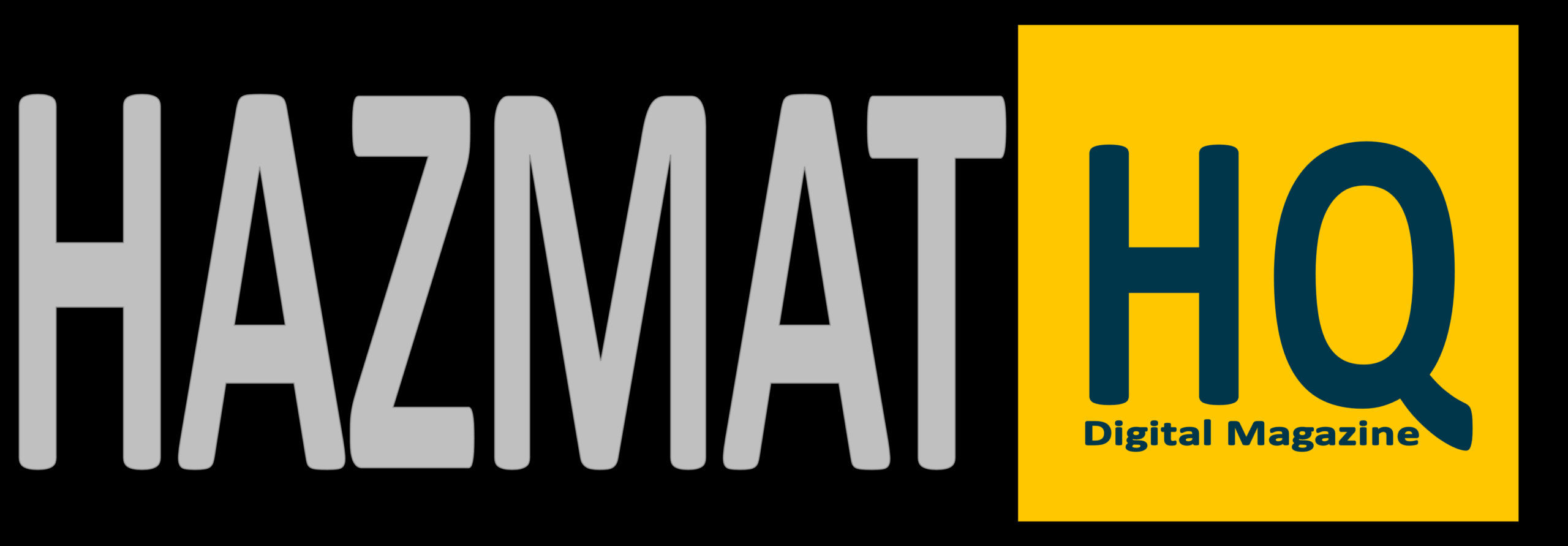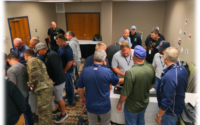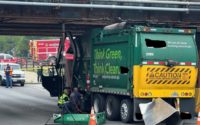Soapy Water
Kevin Ryan
Simplicity has always been one of the most effective tools in handling hazmat responses. Dynamic environments faced in the emergency response world demand simple and efficient solutions to solve problems encountered. One of the most effective tools I have ever used is a bottle of soap and water.

A soapy water bottle is the hazmatter’s best friend when a gas is leaking from a cylinder or piping. Several incidents that the Baltimore City FD has encountered have been mitigated with common sense and soapy water. On smaller scale incidents, carbon dioxide responses have increased in recent years. The use of CO2 and Nitrogen in restaurants, convenience stores and industry has become common place. A response in downtown Baltimore recently was triggered by a commercial fire alarm at a local restaurant.

The first arriving crew quickly determined it was a CO2 and O2 alarm system that was ringing in. A hissing sound was heard in a cooler that contained beer kegs upon further investigation. The crew entered and their multi gas immediately showed O2 drop in the cooler.
A crew member quickly recognized a keg that had a loose connection to the carbon dioxide supply and secured the leak. A bottle of soap and water was brought in to confirm the leak was stopped.

A similar scenario played out in an East Baltimore convenience store. The carbon dioxide supply line to the fountain soda manifold came loose. The crew responding to that call saw a similar alarm system ringing in, had O2 drop on their meter and secured the manifold connection to stop the leak. A bottle of soap and water was also brought in to confirm the leak was stopped. You can find out more on CO2 hazards in this Hazmat HQ article by Mike Bloski from Manatee Co. FL. (https://www.hazmathq.com/2023/11/01/hazards-of-carbon-dioxide-dewar-containers-in-fast-food-type-occupancies/).

What makes soap and water so valuable? Soapy water can detect even the smallest of leaks from fittings and connections. Most multi gas meters would not be sensitive enough to see the smallest of leaks. The late Eugene Ngai even had a rate of leakage based on the bubbles created. I consider myself fortunate to have been in compressed gas classes he has taught over the years.
The bang for your buck is bigger than any other piece of technology I have used. Dish detergent and water are all you need. A bottle of power wash is conveniently premixed for you to use as a leak checker. Every hazmat team out there can put multiple bottles on their apparatus. You probably have dish detergent in your decon kit already. It is amazing that one of the most valuable tools you have costs you so little.
One of the highest profile incidents in the last couple of years for the BCFD Hazmat was an explosion in a parking garage. It was determined that acetylene leaking from a cylinder in an SUV used by an HVAC contractor was the cause. Several intact compressed gas bottles were still in the vehicle. The acetylene, nitrogen and refrigerant cylinders were removed to the exterior in an open construction lot for evaluation. The tool of choice for evaluation? You guessed it, a bottle of soapy water!
The acetylene cylinder was already empty. The remaining intact cylinders were quickly cleared of leak issues with soap and water. A multi gas meter may have sensitivity issues with this task. Soapy water is your best friend in a leak scenario. Keep a bottle handy and let the bubbles do the talking!




